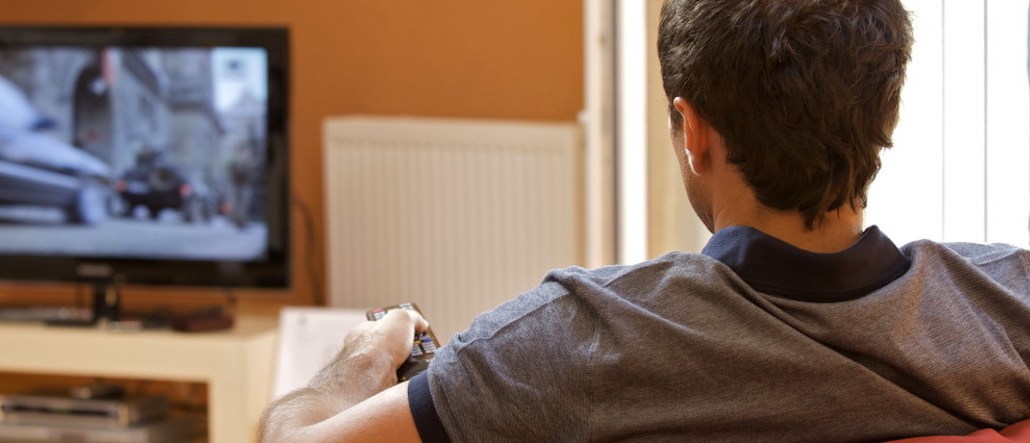TV-like programming struggles to find a home on Facebook Live

Facebook Live is thought of as a rough-and-ready video outlet, but some publishers are bringing TV-quality, serialized live videos there.
Joe Media and Bleacher Report, for instance, have been experimenting with Facebook Live content that is as polished as TV for a while. But the former still sees higher viewership from rawer, conversational live videos, while the latter recently broadcast three high school games — only one received more than 1 million views.
In September, male-focused publisher Joe Media started producing TV-like series “Football Friday Live” for Facebook Live, a 30-minute weekly panel discussion about the Premier League. This is because the publisher is taking a long-term view that quality content will win out, both in terms of audience and monetization, explained Will Hayward, CEO for Joe Media. But for now, the publisher still gets higher viewership from its raw, live content like when it tried to destroy a Nokia (348,000 views to date), according to Hayward.
Joe Media aside, Bleacher Report live-broadcast three high school football games exclusively for Facebook Live this fall and has been live streaming around 30-minute discussions on NFL every Monday and Thursday, with its analysts Chris Simms and host Adam Lefkoe. The NFL live discussion aired this week received 76,000 views within two hours, and the one that went live a week prior has garnered 93,000 views so far.
“Fifteen- to 30-year-olds look at sports content in a different way than their parents,” said Marc Kohn, senior director of video programming for Bleacher Report. “So we want to produce TV-like programming or premium content to reach our core young audience.”
Bleacher Report declined to discuss how it plans to monetize Facebook Live. The production cost of a TV-quality Facebook Live video can easily go up to 10,000 pounds (around $12,408) or more, according to Joe Media’s Hayward. While Facebook is reportedly paying around 140 news outlets a total of $50 million to produce high-quality live videos, a media executive said that what Facebook is willing to pay is a fraction of what they need for content creation. So it could be hard for publishers to justify the production cost of TV-like programming especially when many are struggling with their commercial strategy for Facebook Live.
“The digital industry is trying to force TV-like behaviors in a post-TV world. Ad-supported linear TV is dying, and there is no replacement,” said Henry Lau, co-founder of native-content platform Instinctive. “I fail to see how anyone will spend more than 30 minutes continuously on a FB Live session unless they’re watching licensed content that a TV network or a video on-demand service would bid for.”
Ad position: web_incontent_pos1
From an agency perspective, Facebook Live doesn’t need to be as polished as TV to perform well, and BuzzFeed’s low-budget watermelon video (1.1 million views to date) is a good example of this. Quality is a subjective term, and it doesn’t have to refer to production value – it’s about what your audience finds appealing, said Rachel Fletcher, supervisor of digital strategy for agency RPA.
TV-like programming, by definition, also means that viewers are willing to tune in at a specific time. Even with the page notifications that tell viewers when a stream goes live, the asynchronous nature of Facebook makes building content for appointment viewing a challenge, said Mike Dossett, manager of digital strategy for RPA. But he thinks that the emphasis Facebook has placed on live programming as a result of the major potential payoff for publishers (and brands) makes it a challenge worth tackling.
Jeff MacGurn, svp of performance marketing for agency Mirum, also thinks that right now people are not really going to Facebook Live to discover content as much as they might go to YouTube or Netflix to find something to watch. Instead, Facebook Live is relying more on specific content to pull people in rather than the platform itself pulling them in.
“If the platform is not drawing the audience, then the content has to be particularly compelling,” said MacGurn. “As for keeping people engaged and coming back for more, I would go back to what works for other channels and topics.”
More in Media

NewFronts Briefing: Samsung, Condé Nast, Roku focus presentations on new ad formats and category-specific inventory
Day two of IAB’s NewFronts featured presentations from Samsung, Condé Nast and Roku, highlighting new partnerships, ad formats and inventory, as well as new AI capabilities.

The Athletic to raise ad prices as it paces to hit 3 million newsletter subscribers
The New York Times’ sports site The Athletic is about to hit 3 million total newsletter subscribers. It plans to raise ad prices as as a result of this nearly 20% year over year increase.

NewFronts Briefing: Google, Vizio and news publishers pitch marketers with new ad offerings and range of content categories
Day one of the 2024 IAB NewFronts featured presentations from Google and Vizio, as well as a spotlight on news publishers.
Ad position: web_bfu


